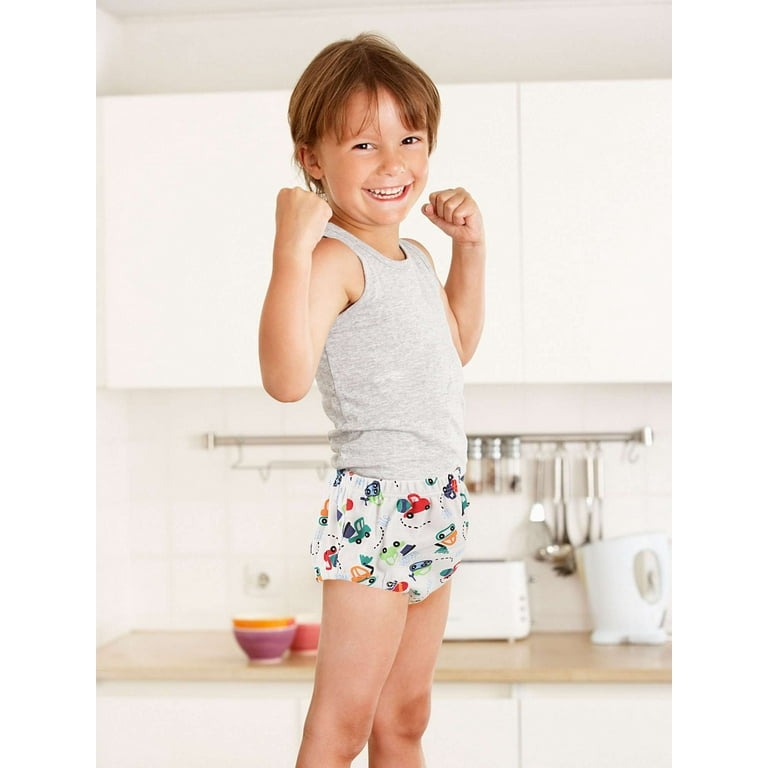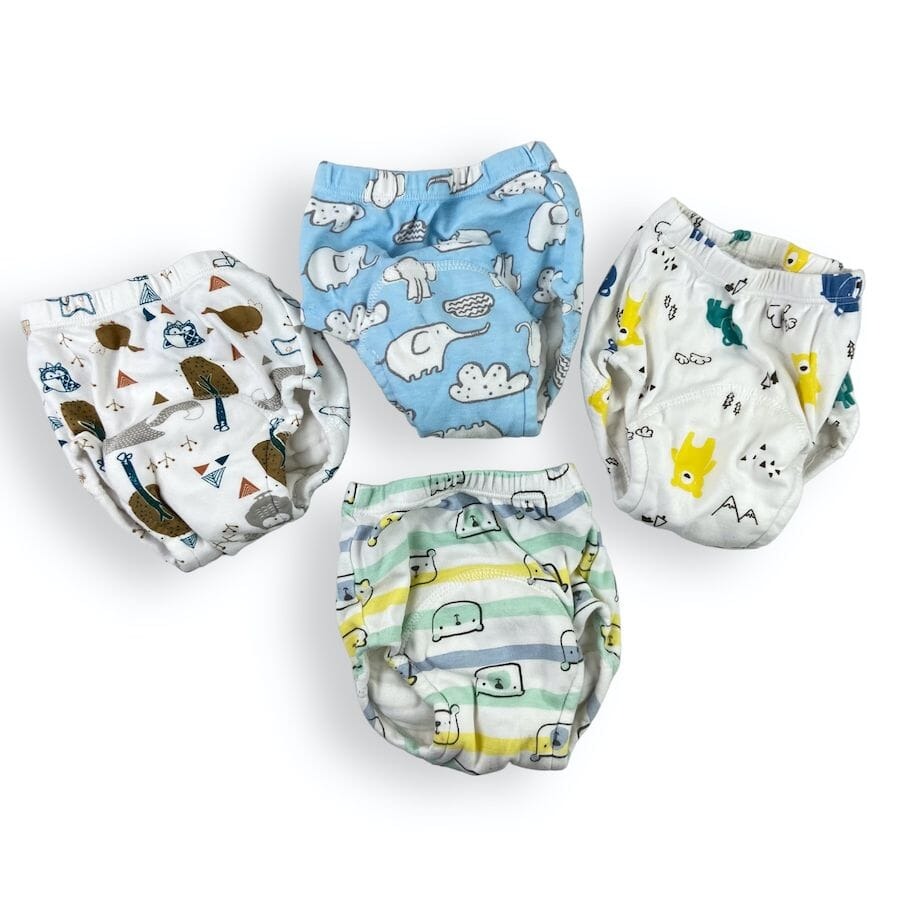Exploring the Types of Adult Training Pants
When it comes to adult training pants, variety abounds. Broadly, we can categorize them into two main types: pull-on pants and adjustable-fit pants. Pull-on pants resemble standard underwear and offer ease of use, making them a favorite for those with active lifestyles. Adjustable-fit pants come with tabs or Velcro closures, providing a customizable fit that can be particularly helpful for individuals with mobility issues.
Pull-On Pants
Pull-on adult training pants are ideal for those who can manage personal care with little assistance. They slip on easily, like regular underwear, and provide discreet protection. Many brands design them to look and feel like regular undergarments, boosting the user’s confidence.
Adjustable-Fit Pants with Closures
Adjustable-fit pants offer flexibility in sizing. The presence of tabs or Velcro allows for adjustments around the waist, which is especially beneficial for caregivers assisting an individual. These pants ensure a snug fit, reducing the risk of leaks and increasing comfort.
By understanding the types of adult training pants available, users and caregivers can make an informed decision that prioritizes comfort, functionality, and personal preference. Whichever type you choose, remember to consider the other key features like absorbency and material, which we will explore in the following sections.
Key Features to Look for in High-Quality Training Pants
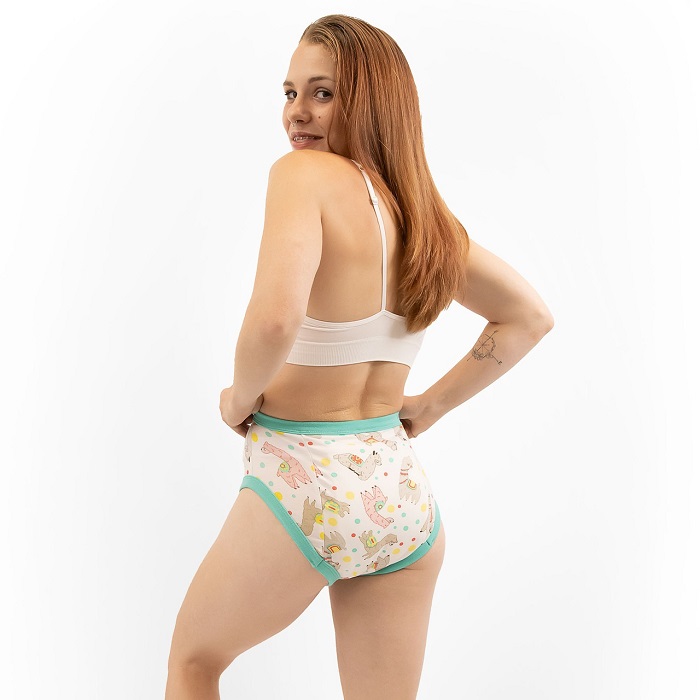
When seeking high-quality adult training pants, it’s vital to consider certain key features. These attributes ensure that the product meets the user’s needs in terms of both protection and convenience. Here are some primary features to keep in mind:
- Absorbency: Look for training pants with superior absorbency. This is the most crucial factor as it prevents leaks and maintains dryness. Higher absorbency levels offer more protection, particularly for overnight use or for those with heavier incontinence.
- Material: Comfort is critical, so choose pants made from soft, skin-friendly materials. Breathable fabrics help prevent irritation and rashes, which is especially important for those with sensitive skin. Some products feature natural materials like cotton, while others use advanced synthetic fibers that enhance comfort.
- Odor Control: Opt for training pants with built-in odor control technology. This will keep the user feeling fresh and confident throughout the day. It’s a small but significant detail that makes a big difference in daily life.
- Reusability: Consider whether you prefer disposable or reusable pants. Reusable options can be more economical and are better for the environment. However, disposables might be more convenient, especially when traveling or for occasional use.
- Fit: Make sure the product fits well. Poor fitting can lead to discomfort and the risk of leaks. It’s important that the training pants are snug but not too tight, with elastic bands that do not pinch or leave marks.
- Ease of Change: Look for features that make changing the pants stress-free. For pull-on styles, a stretchy material can make them easier to put on and take off. For adjustable types, tabs or Velcro that can be easily managed ensures a hassle-free experience, particularly for caregivers.
By focusing on these key features, users and caregivers can choose adult training pants that blend functionality, comfort, and efficiency. Remember to balance personal needs with these qualities to find the perfect product.
The Importance of Fit and Comfort in Adult Training Pants
The fit and comfort of adult training pants are paramount. They ensure more than just ease of movement; they impact the user’s quality of life. An ill-fitting pant can cause discomfort, restrictions in mobility, and even skin irritation or sores. On the other hand, a well-fitting pant provides security and confidence to the wearer, allowing them to engage in daily activities without worry.
First, consider the shape and size of the body. Everyone has a unique build, and adult training pants must cater to this diversity. Look for brands that offer a range of sizes. They should provide clear sizing charts that help you determine the right fit.
Comfort comes next. Training pants should have a soft lining and non-binding edges. They need to fit snuggly but should not be too tight. Check for elastic bands that sit comfortably against the skin without digging in or leaving marks.
In the quest for comfort, also watch for chafing and allergy potential. Training pants with seamless designs or those made with hypoallergenic materials can prevent skin issues.
Ultimately, the importance of fit and comfort in adult training pants cannot be overstated. Choosing the right product makes all the difference in achieving the independence and dignity everyone deserves.
Absorbency Levels and Leak Protection Options
When selecting adult training pants, absorbency is a key factor to consider. High absorbency is essential for preventing leaks and maintaining comfort, especially during the night or for individuals with heavier incontinence. Generally, adult training pants come with various levels of absorbency, from light to maximum protection.
- Light Absorbency: These are suitable for those who experience occasional dribbles or very light incontinence. They provide a thin layer of protection that can handle small leaks.
- Moderate Absorbency: Designed for those with a more consistent need for protection. They provide a higher level of absorbency without being too bulky, making them a good choice for daytime wear.
- Heavy Absorbency: For users needing extra protection, heavy absorbency pants can absorb larger volumes of liquid. These are often used overnight to avoid any discomfort or disruptions from leaks.
- Maximum Absorbency: The highest level of protection available. These pants are designed for those with severe incontinence and can absorb significant amounts of liquid without leakage.
Besides considering the absorbency level, look for pants with additional leak protection features. Some pants come with barriers at the edges, which help to prevent fluid from escaping at the legs or waist. Others have absorbent channels that distribute wetness evenly to reduce the risk of leaks. A proper fit is essential to ensure that these features work effectively. Always check the sizing charts provided by the manufacturer to get the appropriately sized training pants, as this has a significant impact on both absorbency and leak protection.
Comprehending the absorbency levels and leak protection options will aid in choosing the most appropriate adult training pants, offering the wearer assurance and ease in managing their incontinence.
Reusable Versus Disposable Training Pants – Pros and Cons
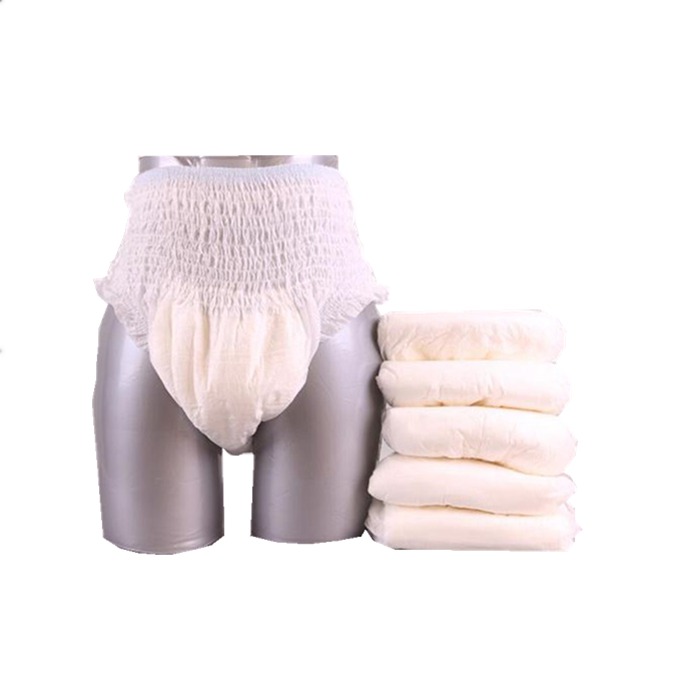
Choosing between reusable and disposable adult training pants involves weighing their advantages and disadvantages. Your lifestyle, budget, and personal preferences play a role in deciding which type suits you best. Let’s consider the pros and cons of both options.
Pros of Reusable Training Pants
- Economical: They can be washed and reused, saving money in the long run.
- Eco-friendly: Reusable pants reduce waste and are kinder to the environment.
- Comfort: Often made from soft fabrics like cotton, they can be more comfortable against the skin.
- Variety: They come in many styles and patterns, offering more choice for the user.
Cons of Reusable Training Pants
- Maintenance: They require regular laundering, which can be time-consuming.
- Initial Cost: Higher upfront cost compared to disposables.
- Convenience: Less convenient when out and about, as they need to be carried home for washing.
Pros of Disposable Training Pants
- Convenience: Easy to use and toss away, especially while traveling.
- Hygiene: Single-use means a fresh pair every time, reducing the risk of odor and skin issues.
- Absorbency: They often come in a range of absorbency levels to meet diverse needs.
Cons of Disposable Training Pants
- Cost: Ongoing purchases add up over time, making them more expensive.
- Environment: They contribute to landfill waste, which is an environmental concern.
- Skin Sensitivity: Some may find the materials used in disposables less breathable, leading to discomfort or rashes.
Individual needs and circumstances dictate the choice between reusable and disposable adult training pants. Think about your daily routine, care requirements, and long-term costs to make an informed decision. Both options have their place in managing incontinence effectively and maintaining quality of life.
How to Choose the Right Size of Adult Training Pants
Choosing the right size of adult training pants is crucial for comfort and leak protection. Start by measuring your waist and hips. Most brands provide size charts on their packaging or websites. Use these measurements to find the correct size range.
Remember that different brands may fit differently. Consider trying a few brands to find the best fit for your body shape. Training pants should fit snugly but not be too tight. They should not cause any discomfort or restrict movement.
Check for elastic bands that are firm yet gentle on the skin. They should not leave marks or dig into your body. A good fit around legs and waist helps prevent leaks and ensure protection.
Finally, take into account any changes in your body size. Weight fluctuations can affect the fit of training pants. If you are in between sizes, you may need to try both to see which feels better.
In conclusion, the right size of adult training pants combines comfort with effectiveness. Measured, tried, and adjusted correctly, training pants can enhance the user’s quality of life.
Caring for and Maintaining Reusable Training Pants
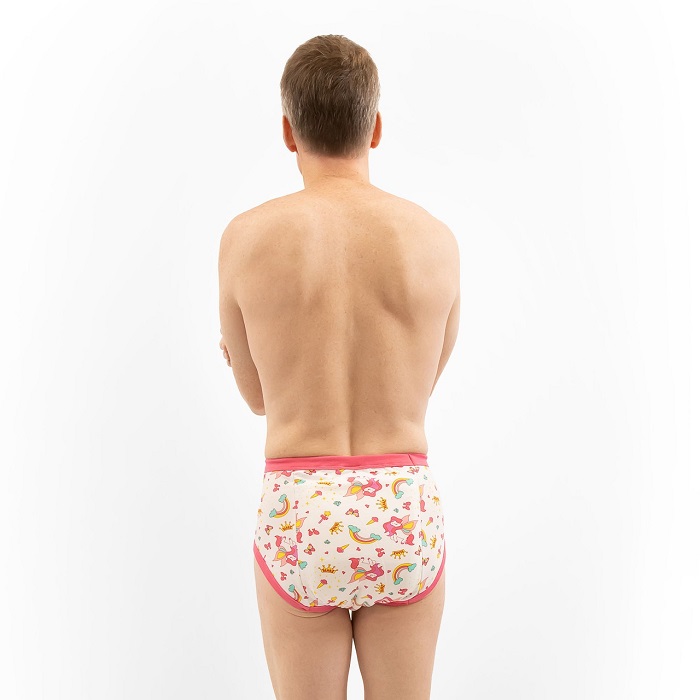
Caring for reusable adult training pants is straightforward, but it does require attention to detail to maintain their longevity and effectiveness. Here are some tips to properly care for and maintain your reusable training pants:
- Washing Instructions: Always follow the manufacturer’s washing instructions. Typically, a gentle cycle with mild detergent works best. Avoid using fabric softeners as they can reduce absorbency.
- Drying: Air dry when possible to preserve the fabric’s integrity and elasticity. If using a dryer, use a low-heat setting.
- Avoid Bleach: Bleaching can deteriorate the materials and reduce the lifespan of your training pants. Use bleach-free detergents.
- Proper Storage: Store your clean and dry training pants in a cool, dry place. Humidity can encourage bacterial growth, so it’s important to keep them in a well-ventilated area.
- Pre-rinsing: If heavily soiled, pre-rinse with cold water before putting them in the wash. This helps to remove any waste and prevent staining.
- Stain Removal: Address stains promptly. Use a stain remover that is compatible with the fabric, and avoid harsh chemicals.
- Rotation: Have enough pairs to rotate through to avoid wearing out a single pair too quickly. This also ensures that you always have a clean pair available.
By following these maintenance tips, you can ensure that your reusable adult training pants remain comfortable, effective, and durable over time. Proper care will save you money and help in keeping the environment clean due to reduced waste.
Where to Purchase Adult Training Pants and Price Considerations
Finding the right adult training pants involves knowing where to buy them and understanding cost factors. Here’s a guide to help you:
- Local Pharmacies and Supermarkets: These are convenient choices. They offer a selection of brands and types, including both pull-on and adjustable-fit designs.
- Medical Supply Stores: They provide expert advice and a wide range of incontinence products. Staff can help you choose the right option based on specific needs.
- Online Retailers: Online shopping offers privacy and often wider variety. Look for trustworthy sites with good customer reviews. Compare prices easily across different brands.
- Direct from Manufacturers: Purchasing from the maker can sometimes mean better deals or bulk buying options. Check manufacturers’ websites for offers.
Price is a big consideration. Reusable training pants may cost more initially but save money over time. Disposable pants seem cheaper at first but can become more expensive as you buy them regularly. Consider these factors when budgeting for your purchase.
- Compare Costs: Look at both the price per item and the cost over time.
- Watch for Sales: Check for discounts or promotions at stores or online.
- Bulk Buying: Often, buying in bulk can reduce the price per unit.
- Insurance Coverage: Some insurance plans may cover the cost of adult training pants. Check your policy.
Remember, price should not be the only factor. Quality, comfort, and the right fit are crucial. Invest in the best option you can afford. Adult training pants are about more than cost; they’re about confidence and quality of life.


